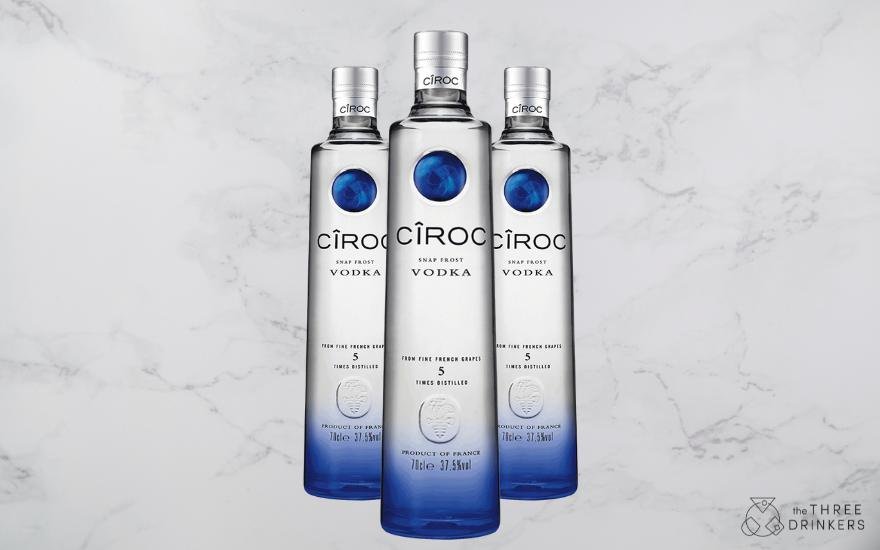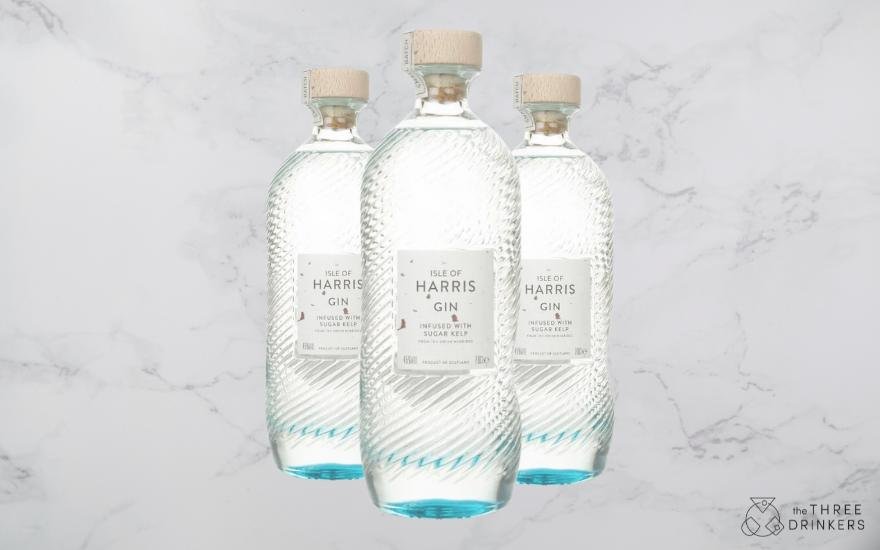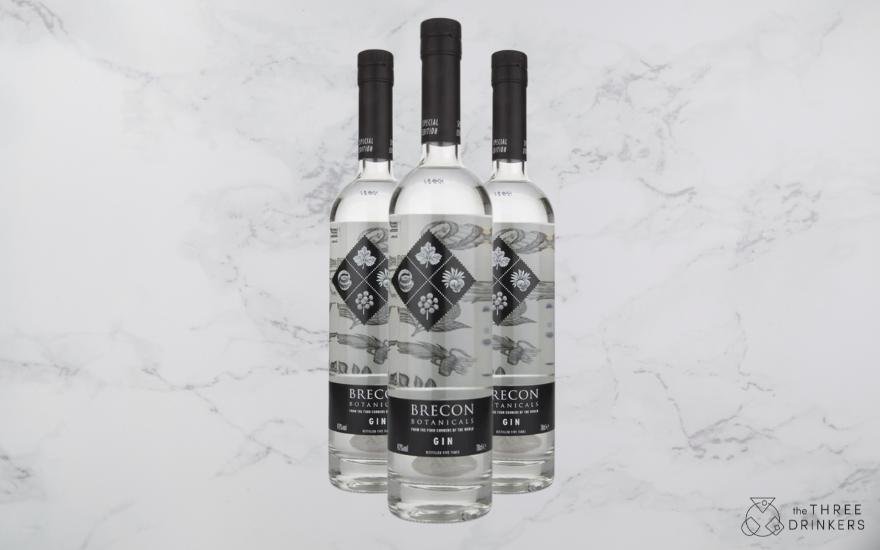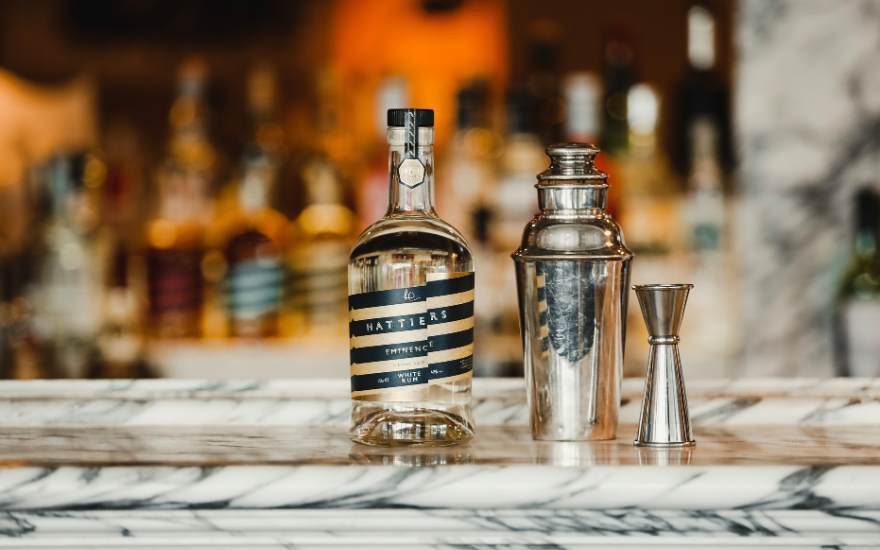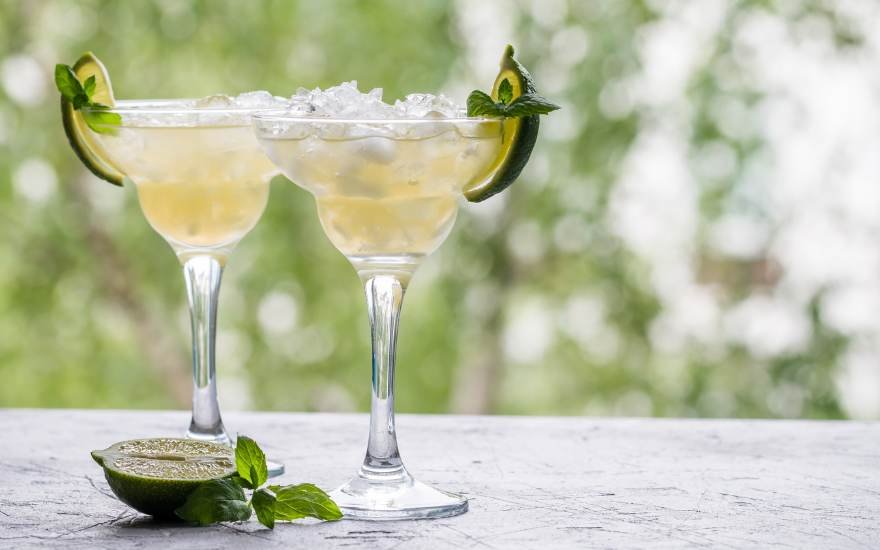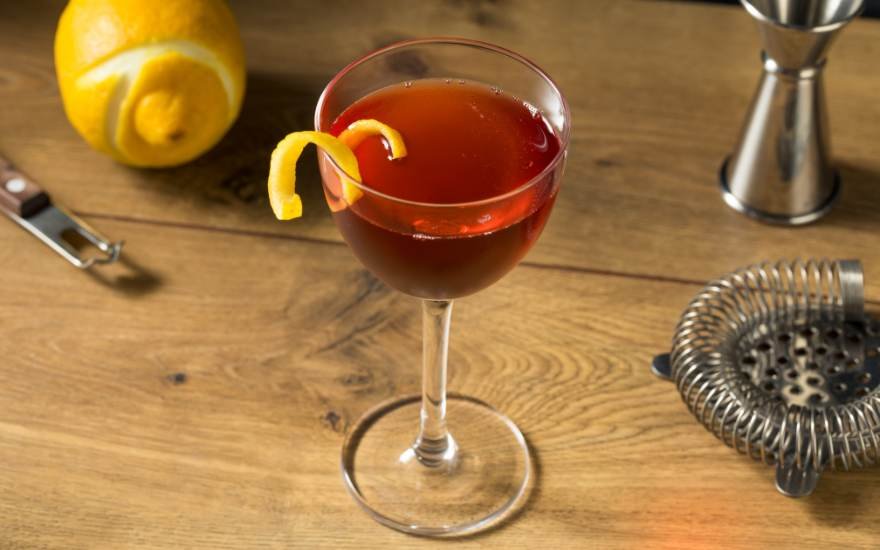When it comes to spirits in the cocktail world, gin and vodka are top contenders. But people often wonder: is gin just flavoured vodka or is vodka simply gin that hasn’t reached its full potential? It can be confusing so let’s address this topic.
The two spirits share some similarities. Both are clear, colourless, distilled liquids. They’re equally versatile and light, similar in strength, lower in calories when consumed straight compared to other spirits, and easily used in mixed drinks. While gin and vodka can be used interchangeably in cocktails, they have developed distinct personalities, each bringing something unique to the table.
So if you’ve ever pondered the myths or wondered what sets gin and vodka apart - how flavouring alters them, and other questions, read on…
VODKA: RAW MATERIALS, STYLES & FLAVOURS
NEUTRAL VODKAS
Vodka is known for its clean, neutral taste. It’s made by mashing base ingredients containing carbohydrates to produce fermentable sugars, which are then fermented with yeast, distilled using a continuous column still, and filtered to remove impurities, resulting in a smooth finish.
In theory, vodka can be made from anything of agricultural origin—a broad definition that allows great flexibility in creating the spirit. In practice, however, most vodka producers today stick to a narrow range of cereal grains due to commercial pressures and consumer expectations. The most common grains used are barley, wheat, and rye, with occasional blending of different grains.
Is vodka made from potatoes, or is that a myth?
In Poland, making vodka from potatoes has been a centuries-old tradition. Since the 15th and 16th centuries, Polish families have produced their own vodkas at home, often flavouring them with fruit and herbs—originally more to mask the harsh alcohol taste than to create a specific flavour profile. So yes, potato vodka is very much a reality because, remember, vodka can be made from any agricultural ingredient!
Try Chase’s Potato Vodka (England)
Today, more commercially produced vodkas come from grain than potatoes. An outstanding example is the luxury French Vodka, Grey Goose, which started a revolution in the space when they decided to create a neutral vodka from French winter wheat with a distinctive taste rather than try to be flavourless.
Size: 70cl
ABV: 40%
Find here: £32.90
Try Grey Goose Vodka (France)
There’s a myth that distilling more than once leads to a better product. Grey Goose attempt to dispel that myth by arguing that single distillation helps retain more flavour of the wheat used to make their vodka, which might be lost if distilled again. It is filtered through limestone. Named by the Beverage Tasting Institute the best tasting vodka in the world one year after its release, Grey Goose went on to be a multi-award-winning vodka. Definitely one to sip neat or on the rocks. Outstanding.
Size: 70cl
ABV: 40%
Find here: £35
So, there’s another myth dispelled, if you thought all neutral vodkas were odourless and tasteless - not true. Different vodkas can have unique aromas and flavour profiles.
What are some of the more unusual vodkas?
A couple of noteworthy vodkas that have come to market in recent years using alternatives to grain and potatoes have either been produced to made use of available ingredients or to create a point of difference.
Try Pod Pea English Vodka (England)
Something a little different from the North of England, this release uses 100% locally sourced peas that are fermented, distilled and bottled in Manchester using a bespoke copper still. Even the bottles are made from sand sourced from the UK to keep its carbon footprint low. Bursting with sweet, vegetal pea notes, a touch of citrus, light savoury tones and a silky finish - this would be perfect for a Martini or Bloody Mary.
Size: 70cl
ABV: 40%
Find here: £36.95
Try Ciroc Vodka (France)
Ciroc stands apart in the world of vodka with its unique grape base. Distilled five times (they say for unmatched purity and smoothness), it exudes a subtly sweet flavour profile. Its grape origin not only imparts a delicate nuance but also makes it a perfect complement to Champagne cocktails if you’re looking for a touch of elegance.
Size: 70cl
ABV: 37.5%
Find here: £29.99
These are all distinctive vodkas with differently nuanced flavours based on the base ingredients. So perhaps this dispels the myth that all vodka is created equal.
CHARACTERFUL VODKAS
When it comes to vodka styles, there are simply two: Neutral and Characterful. All of the above recommendations were neutral. Vodka becomes ‘Characterful’ when flavouring is added post distillation through compounding, maceration or redistillation.The spirit retains flavours from the addition of further ingredients post-distillation to give a more mouth-filling texture.
Recipes of honey, fruits and spices have traditionally been used through maceration historically. One well-known flavouring is the aromatic herb ‘bison grass’ well known in Poland.
Try Żubrówka Bison Grass Polish Vodka (Poland)
For centuries, Żubrówka has been intrinsically connected with the bison grass growing in the Białowieża forest in Poland. 60 days of craftsmanship combining century old traditions and state of the art technology are required to create a bottle of Zubrowka. Each bottle of Żubrówka Bison Grass contains a blade of bison grass which is added by hand making Żubrówka truly unique.
Size: 70cl
ABV: 37.5%
Find here: £23
Other popular vodka flavours are citrus, vanilla, pepper and even chilli. Inexpensive brands will most likely have been compounded with a bought-in artificial flavouring (such as lime) whereas premium brands are more likely to have sourced a natural botanical for redistillation. With vodka, there is often one predominant flavour to the spirit rather than several combined which keeps it clear and simple. When done well, these can be exceptional spirits with pure and precise flavours.
So what about gin?
UK/EU GINS: RAW MATERIAL, STYLES & FLAVOURS
Gin’s standout feature is juniper berries which give it that signature piney flavour no other spirit has. Often accompanied by other carefully chosen botanicals like citrus, herbs, and spices, where flavoured vodka’s strength is its simplicity, gin’s is its complexity. Think of a multi-faceted, spicy Christmas cake recipe with a much longer list of ingredients than an average cake.
So what is gin if it isn’t simply vodka with juniper and other spices added?
The broadest legal definition of gin in the EU and the UK is that it is crafted by infusing juniper and other botanicals into a ‘neutral grain’ base spirit (min 96% ABV) which is then distilled. The neutral grain alcohol brings lots of warmth but no flavour characteristics so all flavour is derived from the botanical recipe used in production. Any EU/UK gin should have a “predominant taste” of juniper to call it gin, although no tests exist to determine if the taste is predominant so this is open to interpretation.
As well as the presence of juniper berries (which are actually female seed cones of Juniperus Communis) there is no limit on the other botanicals a distiller can use to create their recipe. Most commonly used botanicals in gin include earthy Angelica Root (which matures the drink and rounds out the edges) and Orris Root (the world’s only natural fixant to combat ‘louching’). Citrus Peel gives the spirit an aromatic lift and Coriander Seeds and any of a number of peppers add warmth. In recent years distillers have continually been innovating new flavours the world over, using an endless variety of botanicals either imported or locally foraged from herb gardens, meadows, orchards, hedgerows and coastal regions for localised specialties. Flavours range from Dry to Earthy to Floral, Citrus to Fruity, Spiced to Sweet, and Herbal to Coastal amongst others.
The main gin styles are: Juniper-forward, Contemporary, London (Dry) distilled/redistilled/compounded, aged, old tom, navy strength, sloe gin and other liqueurs. See more about gin styles in my December article. As with vodka, artificial flavours can sometimes be added to gin, these are often the coloured liquids, but the best quality gins are those that are made colourless through redistillation of natural ingredients.
MINIMUM STRENGTHS
Both spirits usually have around 40% alcohol by volume (ABV) though vodka’s minimum is 35% and gin’s is 37.5%.
Here are a cross section of gins from the British Isles to sample to highlight how the category is characteristically different to vodka. It’s all about the lovely botanicals.
CLASSIC
Try Bombay Sapphire London Dry Gin (England)
A truly iconic gin with a creative spirit produced from an original 1761 recipe. This is a gin with fresh, bright citrus notes, a lively juniper character and an elegant light spicy finish.
Size: 100cl
ABV: 40%
Find here: £24
CITRUS
Try Tanqueray No Ten (England)
Fresh grapefruit peels and camomile are key to the wonderful aroma of this luxurious twist on the classic Tanqueray recipe. Distilled in small batches in a tiny copper pot-still, it’s velvety smooth and lovely in a G&T.
Size: 70cl
ABV: 47.3%
Find here: £27
FLORAL
Try Isle of Harris Gin (Scotland)
Isle of Harris Gin features a range of botanicals that have been carefully selected to create and capture the spirit of the landscape, the people and the island. Hand dived sugar kelp is used to balance a total of eight other botanicals including juniper, cassia bark, coriander seed, angelica root, bitter orange peel, cubebs, liquorice root and orris root. The result is a balanced flavour profile that delivers notes of juniper and pine with sweet fruits of mango, grapefruit and orange. Green herbaceous notes are also found, which transitions through to vanilla and a warming black pepper spice on the finish with subtle saline notes carried throughout the gin.
Size: 70cl
ABV: 45%
Find here: £42.95
SPICED
Try Blood Monkey Irish Gin Spice Storm (Ireland)
Winner of Ireland Signature Botanical Gin at the World Gin Awards 2024, we’ll let them do the talking on this one. “This gin boasts a delightful gingerbread aroma complemented by vanilla and lemon tart. The palate experiences a supple mouthfeel with harmoniously integrated flavours of gingerbread and emerging chocolate, underpinned by a growing juniper presence. The finish is characterised by a distinct juniper and earthy rootiness. The nose reveals a lovely maltiness, while the palate enjoys a hint of smokiness and a persistent, appealing malty cereal base."
Size: 70cl
ABV: 40%
Find here: £29.83
LONDON DRY GIN
Try Brecon Botanicals Gin (Wales)
Combining a specially selected range of botanicals and the best pure grain spirit, this super-premium multi-award-winning Welsh gin is produced in small batches using only the finest ingredients. It is bottled at 43% abv.
Size: 70cl
ABV: 43%
Find here: £23.78
So yes, gin begins the distillation process as neutral grain spirit, which is essentially vodka. But what’s interesting is how gin is a category all of its own because gin producers can leverage that base spirit to create something so nuanced and complex. The differences are not just about flavouring. Vodka is all about being clean and neutral which makes it great for mixing with bold flavours. Gin, with its juniper and botanical blend, has a more complex taste with herbal and citrus notes. So, whether you’re into the crispness of vodka or like the flavourful kick of gin and the never ending adventure of varieties, there’s probably a lot more still to explore than you realised.
And as for the drinks you can make with both of these spirits, think beyond using tonic or lemonade as your only mixer and start to dream bigger. Because gin and vodka cocktails are some of the absolute best offerings in the world of mixology. Which of them do you still need to try?
Ready to go make a cocktail? Check out The Top 10 Winter Vodka Cocktails and The Most Popular Gin Cocktails!
By Robbie Jerram





